It’s The Beginning Of The End For India’s MiG-21 Bison
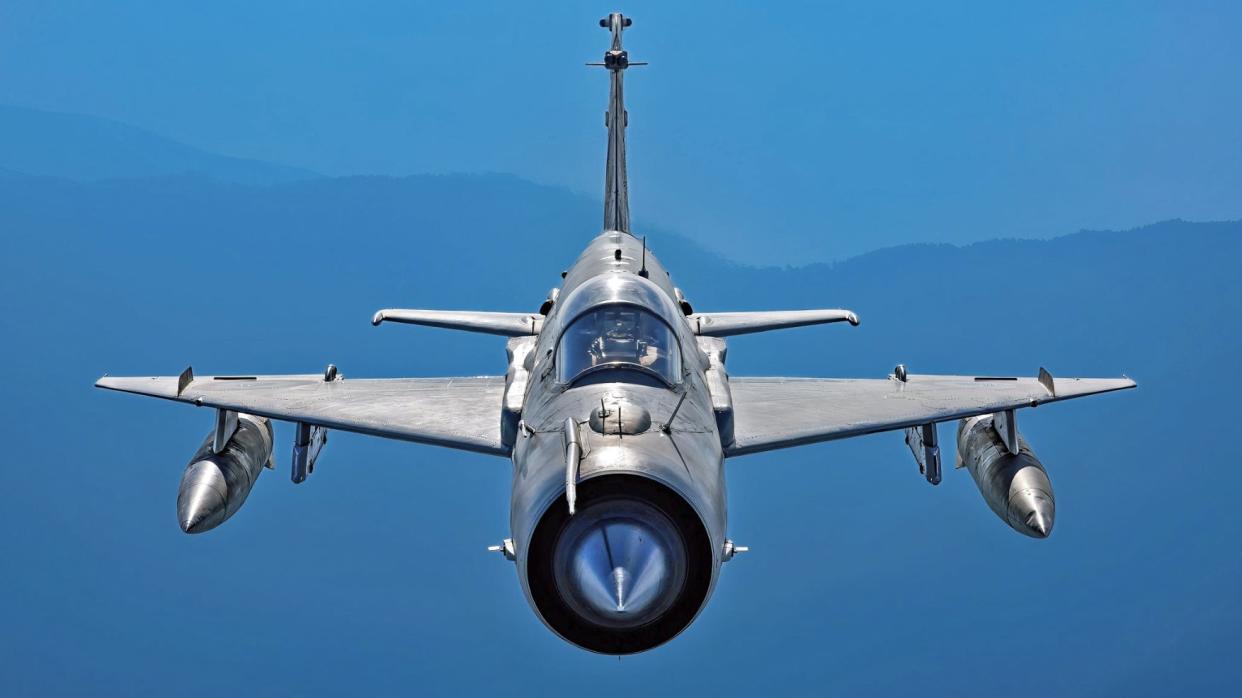
India is preparing to say goodbye to its legendary MiG-21 fighters, the country’s first supersonic jets but also an increasingly controversial aircraft, with a spate of accidents in recent years. India’s Chief of the Air Staff, Air Chief Marshal V. R. Chaudhari, announced last week that the final MiG-21s would be retired in 2025 and the type made its last-ever appearance at the annual Air Force Day parade, held yesterday.
https://www.twitter.com/VivekSi85847001/status/1710909373520961718?s=20
Marking the 91st anniversary of the service, the Air Force Day celebrations took place yesterday in the Sangam area of Prayagraj, in the northern state of Uttar Pradesh. The highlight of the event was an extensive flypast involving more than 120 aircraft operating from different bases. Toward the end of the display, a three-ship of MiG-21s ran in, flanked by a pair of multirole Dassault Rafales — the Indian Air Force’s newest fighters — before the MiGs pulled up into a climb and the Rafales accelerated out straight and level.
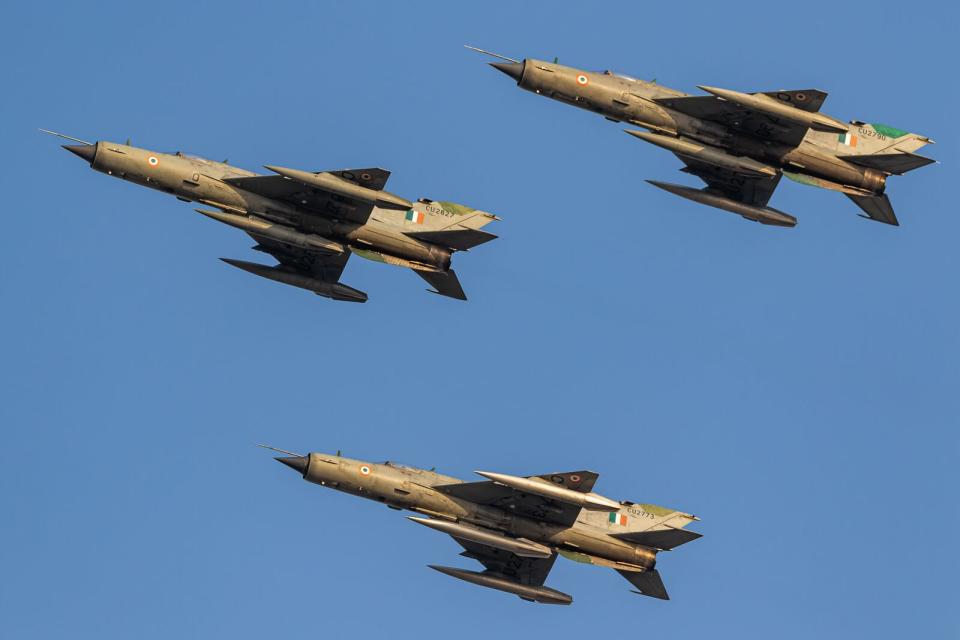
For the thousands of spectators thronged along the banks of the three rivers that dominate Prayagraj, it was a fitting farewell to the Soviet-designed MiG-21.
https://www.twitter.com/IAF_MCC/status/1710514793738825795?s=20 https://www.twitter.com/ReviewVayu/status/1710978477342572953?s=20 https://www.twitter.com/CAC_CPRO/status/1711326626368327843?s=20
Today, MiG-21s — in upgraded Bison form — remain operational with three Indian Air Force squadrons, all located in the northern state of Rajasthan. These are No. 3 Squadron “Cobras” at Nal/Bikaner Air Force Station, No. 4 Squadron “Oorials” at Uttarlai Air Force Station, and No. 23 Squadron “Panthers” at Suratgarh Air Force Station.
Speaking on October 3, Air Chief Marshal Chaudhari confirmed that the draw-down of the MiG-21 fleet was now entering its final stages, with the last aircraft to be retired “by 2025.” It’s not clear, at this point, whether withdrawal will come at the end or the beginning of the year or whether the air force chief was referring to the fiscal or calendar year.
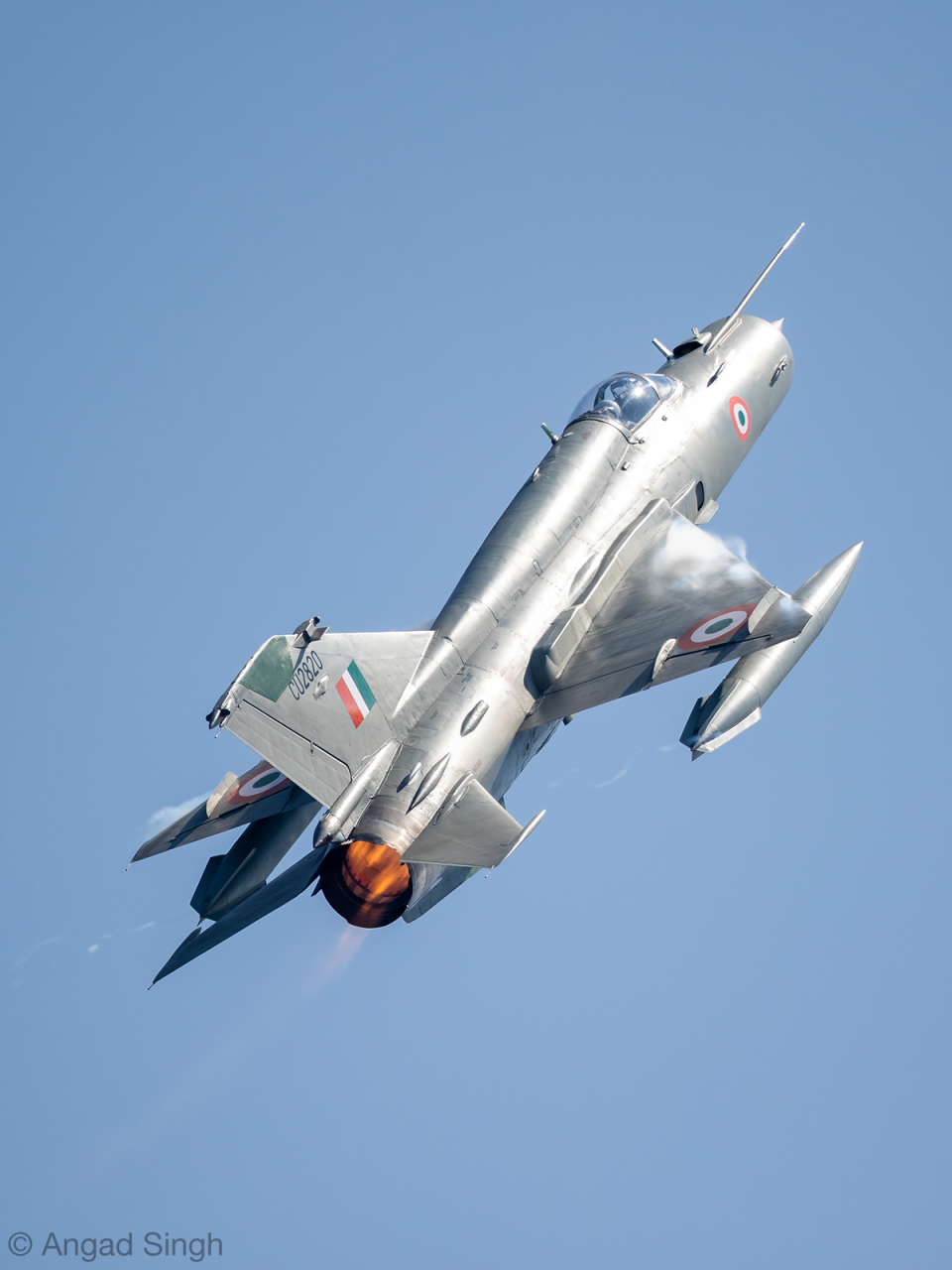
What is clear is that the MiG-21’s days are numbered and that its retirement will end a remarkable period of service, punctuated by several major combat operations, in Indian Air Force hands.
After gaining independence in 1947, India relied primarily upon the United Kingdom and France to supply its fighter equipment. The decision to procure the MiG-21 as the Indian Air Force’s first supersonic fighter kicked off a relationship with the Soviet Union, which saw that country become India’s preeminent arms supplier. While the United Kingdom and France continued to provide aircraft, New Delhi went on to procure successive generations of MiG-21s as well as a variety of other Soviet- and Russian-designed fighter equipment. Just from the Mikoyan-Gurevich stable, after the MiG-21, India acquired the MiG-23, MiG-25, MiG-27, and MiG-29, the last of which also remains in service.
Entering service with the Indian Air Force in 1963, the initial MiG-21F-13 was a very austere point-defense interceptor, although an agreement had already been signed for India’s Hindustan Aeronautics Limited (HAL) to produce an improved MiG-21FL version, offering expanded capabilities. The last of the long-serving MiG-21FLs were only retired in 2013.
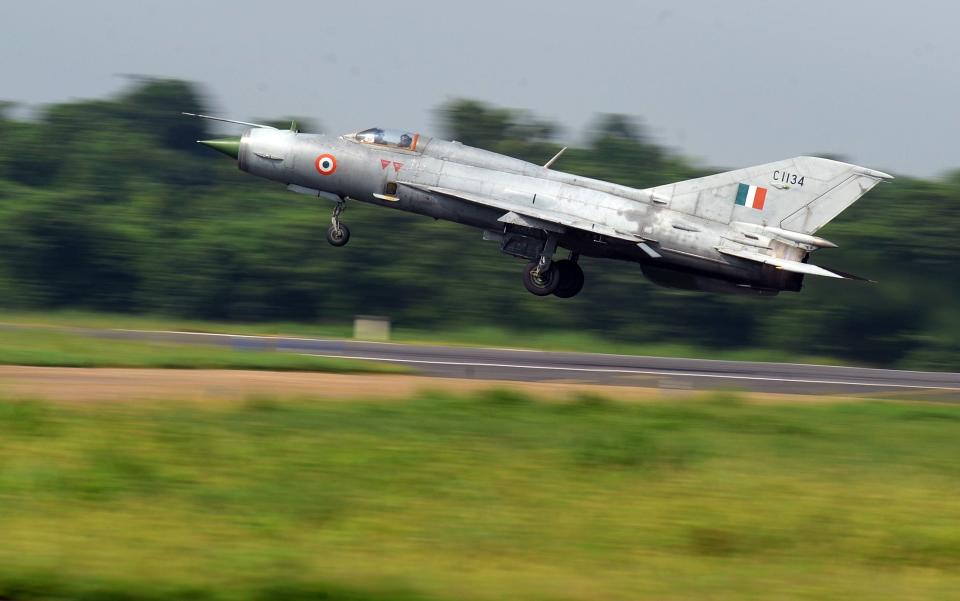
India’s second-generation MiG-21s included the Soviet-supplied MiG-21MF, acquired in the early 1970s, and the MiG-21M which was also built by HAL in India.
There followed a third generation of these fighters, with the Indian Air Force receiving MiG-21bis fighters from the Soviet Union, joined from 1977 by locally produced versions of the same type, the last of which were received in 1984. With no successor in sight, a total of 125 MiG-21bis aircraft were subsequently upgraded to Bison configuration, with a new radar and active radar-guided air-to-air missiles, among other changes.
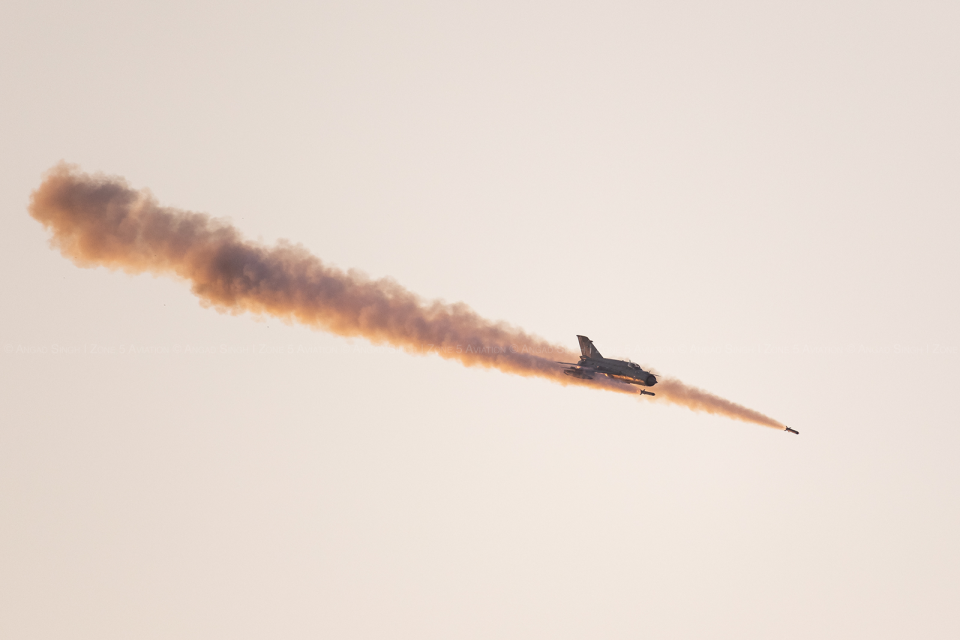
In all, India received 874 MiG-21s, of which 657 were license-produced by HAL.
Major combat operations in which Indian MiG-21s were involved include the 1971 war with Pakistan, and the 1999 Kargil conflict fought against the same country. MiG-21 Bisons were also at the forefront of the aerial clashes with the Pakistan Air Force in 2019, after the Balakot airstrike.
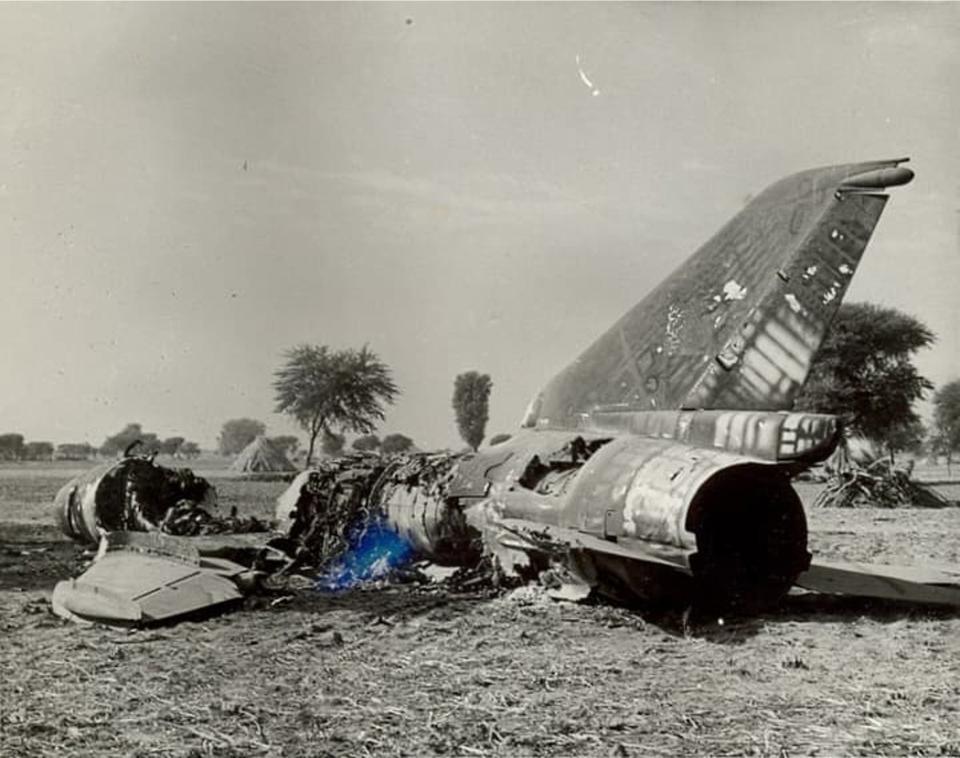
While there has been some wartime attrition, including the Bison that fell to a Pakistani F-16 in 2019, altogether around 490 MiG-21s had been involved in accidents or crashes by 2023. In the process, over 170 pilots have been killed and the aircraft’s reputation somewhat tarnished.
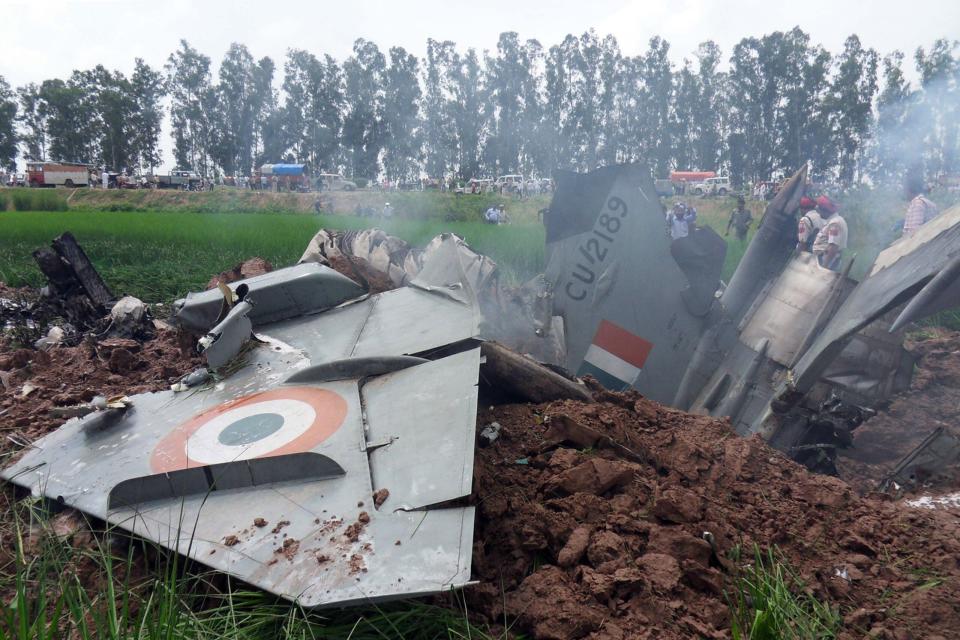
On the other hand, the Bison made its mark with its startling performance in the 2004 Cope India exercise. Carrying Israeli-made Elbit EL/L8222 self-escort jamming pods, the jets were repeatedly able to get the better of U.S. Air Force F-15C/Ds, springing a major upset. The Indian pilots also exploited their jets’ small radar cross-section and helmet-mounted sights to fire high-off-boresight short-range infrared-seeking dogfighting missiles at the most opportune times.
The replacement of the MiG-21 has been made more difficult by the many delays suffered by the Light Combat Aircraft (LCA) Tejas program, which became the type’s designated successor. Currently, the Indian Air Force still has only two operational LCA Tejas Mk 1 squadrons. Deliveries of the improved LCA Tejas Mk 1A are planned to start in February next year, allowing the service to finally dispose of its last MiG-21s.
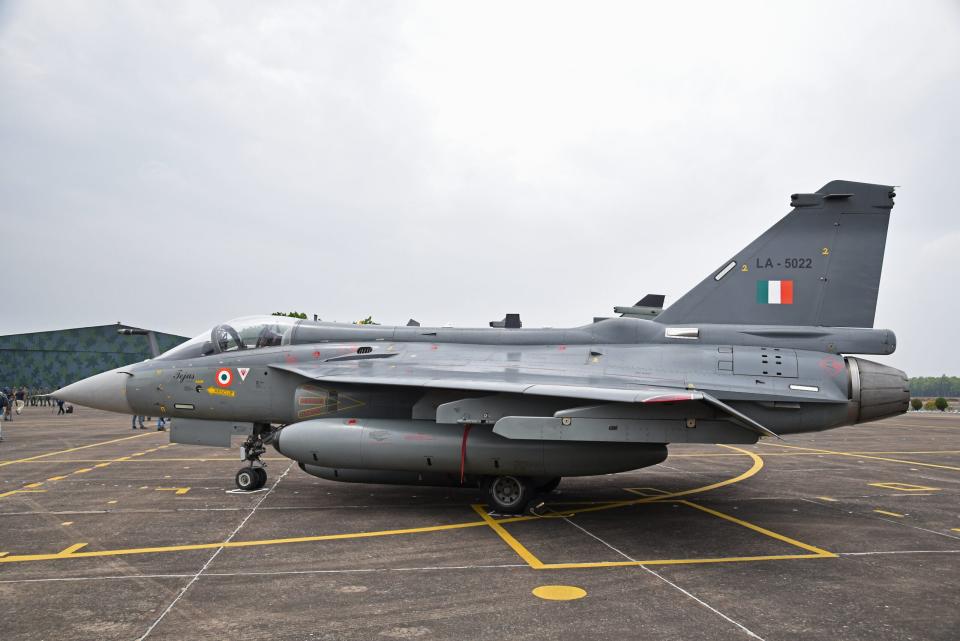
Air Chief Marshal Chaudhari added that there are currently 83 Tejas Mk 1A multirole fighters under contract, with plans to supplement this with another 97 aircraft, for a total of 180 Mk 1As.
While India’s path to fielding a homegrown multirole fighter has been tortuous, in the meantime, the country has moved progressively away from its reliance on Moscow to meet its fighter requirements. Most dramatically, this saw India abandon its involvement in the Fifth Generation Fighter Aircraft program, or FGFA, which would have provided the the Indian Air Force with a version of the Su-57 Felon. You can read more about that development here.
As well as slowly introducing the Tejas, New Delhi has increasingly bought new military aircraft from the United States. This was readily apparent in the Air Force Day parade, which this year involved examples of the CH-47 Chinook, AH-64 Apache, C-130 Hercules, P-8 Poseidon, and C-17 Globemaster III. So far at least, India has not bought fighters from the United States, with its most recent purchase involving French-made Rafales (which are also now being bought for the Indian Navy).
https://www.twitter.com/IAF_MCC/status/1710849095106011379?s=20
As it stands, the Tejas may be the Indian Air Force’s official MiG-21 replacement, but there will very likely be more fighters to come, with New Delhi having stated a requirement for 114 new fighters as it seeks to rebuild its combat squadrons, depleted in recent years through the retirement of the MiG-21 and other types.
The 114-aircraft requirement was previously billed as being specifically for single-engine types, although the competition now appears to be wide open, with the F-15EX, for example, now also being offered to India, and with the Rafale and the F/A-18E/F Super Hornet also in the running. If India decides to procure another single-engine fighter, after all, the Indian-specific F-21 configuration of the F-16 is also a viable candidate.
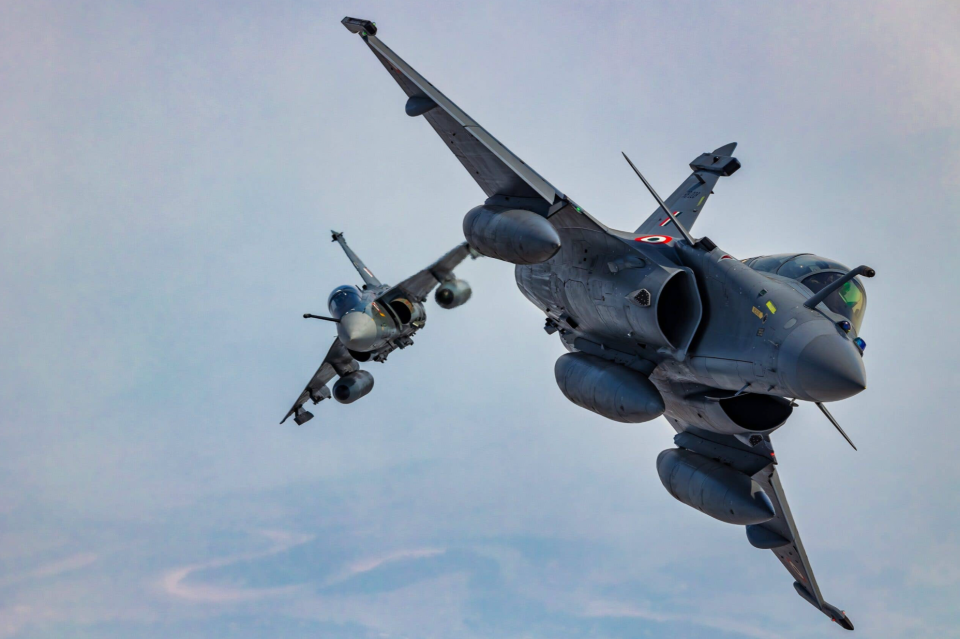
There could also be a lot more at stake in this upcoming fighter competition, with an expectation that the winning bidder could also become a strategic partner for the country’s future Advanced Medium Combat Aircraft (AMCA) program. Although at a very early stage, this is a fifth-generation fighter program comparable to the South Korean KF-21 Boramae or Turkey’s TF-X Kaan.
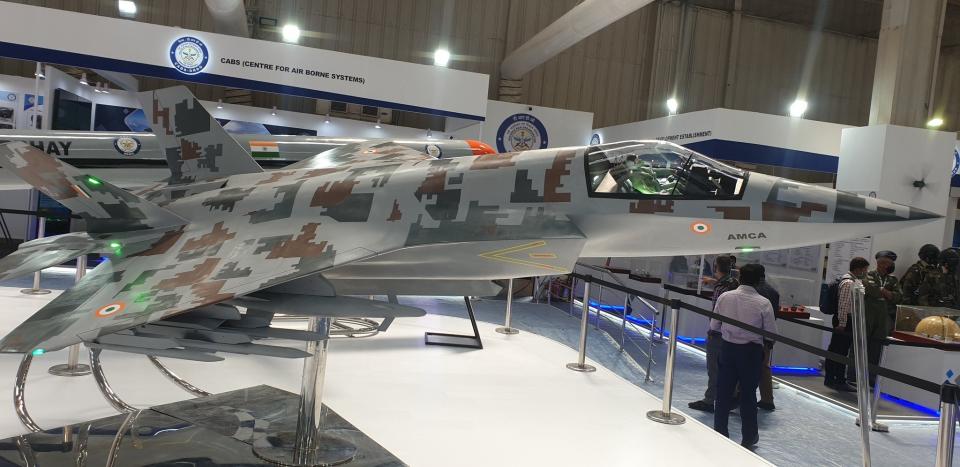
With that in mind, the continuing retirement of the MiG-21 in India is providing a fascinating insight into the development of the Indian Air Force as well as the country’s capacity to build and field homegrown fighters.
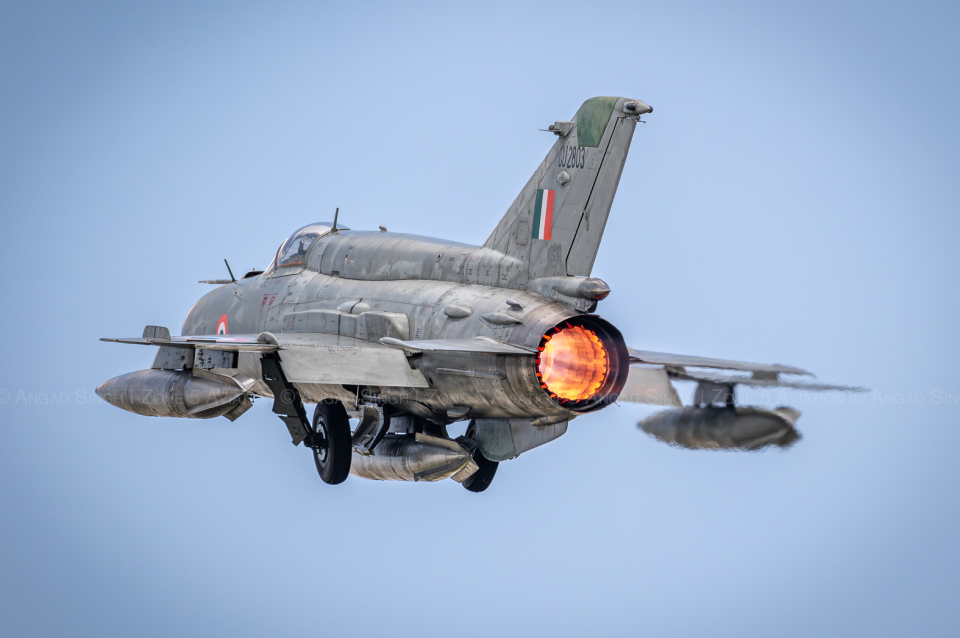
While the Tejas may be the pride of the Indian Air Force, the fact remains that the program was launched way back in the early 1980s, and a full 32 years passed before deliveries commenced, and then involved aircraft in an interim configuration.
Ever since the LCA program was launched, India has struggled with how best to replace its MiG-21s. With the procurement of other fighters still on the agenda, it looks as if the Tejas may well turn out to be only part of the solution to that longstanding problem.
Author's note: A big thanks to Angad Singh for his support in preparing this article.
Contact the author: thomas@thedrive.com

